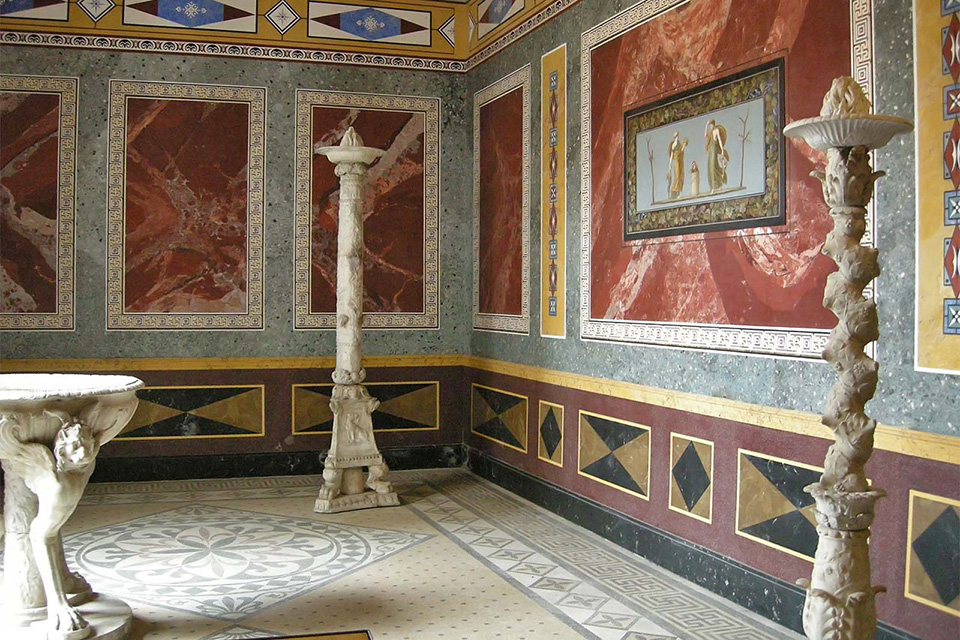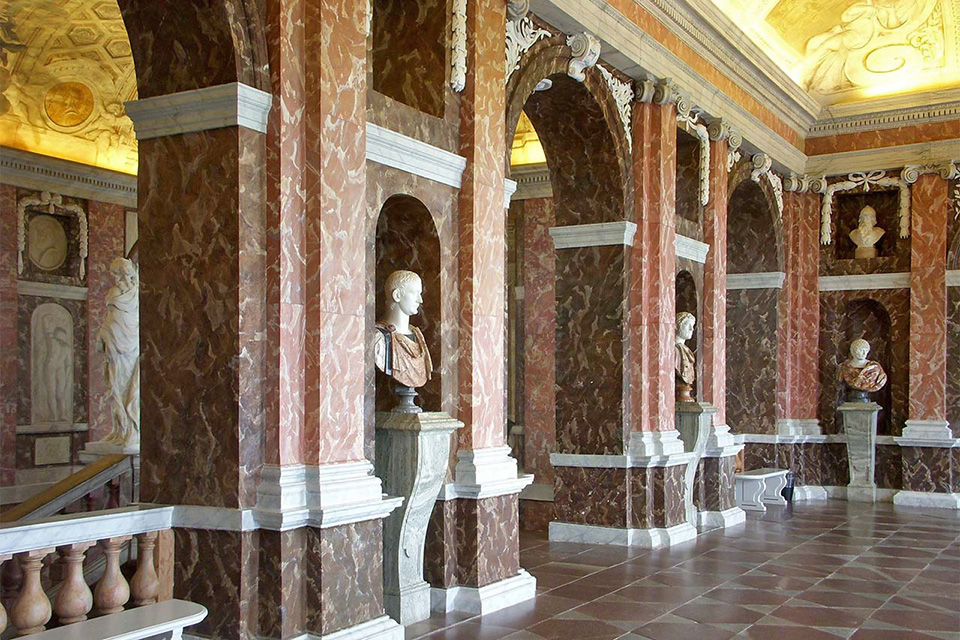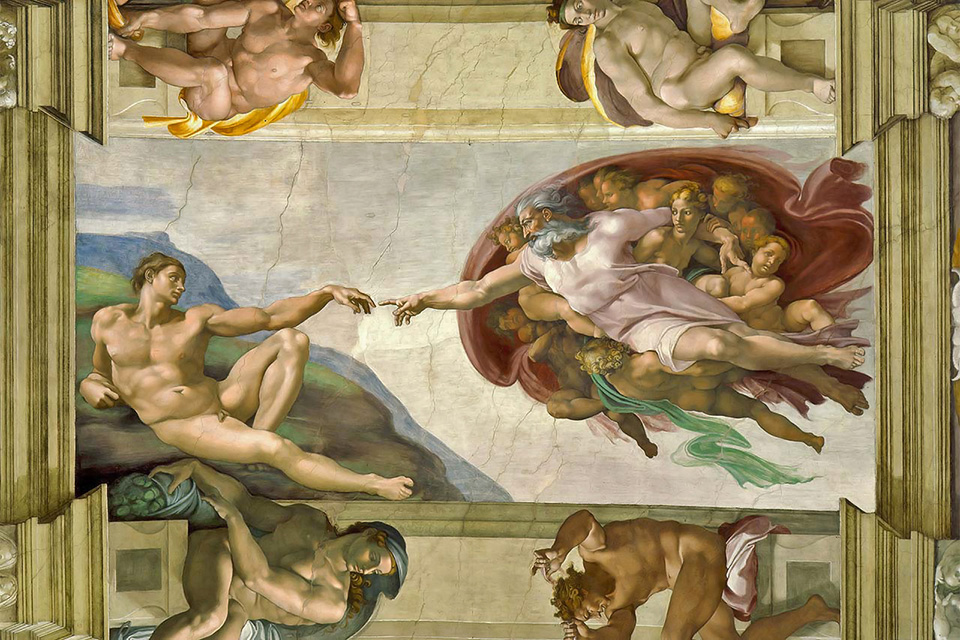HISTORY
A mural is any piece of artwork painted or applied directly on a wall, ceiling or other large permanent surface. A distinguishing characteristic of mural painting is that the architectural elements of the given space are harmoniously incorporated into the picture. Some wall paintings are painted on large canvases, which are then attached to the wall. Whether these works can be accurately called "murals" is a subject of some controversy in the art world, but the technique has been in common use since the late 19th century. [1]
Faux painting or faux finishing are terms used to describe decorative paint finishes that replicate the appearance of materials such as marble, wood or stone. The term comes from the French word faux, meaning false, as these techniques started as a form of replicating materials such as marble and wood with paint, but has subsequently come to encompass many other decorative finishes for walls and furniture including simulating recognisable textures and surfaces. [2]
Faux painting became popular in classical times in the forms of faux marble, faux wood, and trompe l'oeil murals. Artists would apprentice for 10 years or more with a master faux painter before working on their own. Great recognition was awarded to artists who could actually trick viewers into believing their work was the real thing. Faux painting has continued to be popular throughout the ages, but experienced major resurgences in the neoclassical revival of the nineteenth century and the Art Deco styles of the 1920s. During the recent history of decorative painting, faux finishing has been mainly used in commercial and public spaces. [3]
Fresco (plural frescos or frescoes) is a technique of mural painting executed upon freshly-laid, or wet lime plaster. Water is used as the vehicle for the pigment to merge with the plaster, and with the setting of the plaster, the painting becomes an integral part of the wall. The word fresco (Italian: affresco) is derived from the Italian adjective fresco meaning "fresh", and may thus be contrasted with fresco-secco or secco mural painting techniques, which are applied to dried plaster, to supplement painting in fresco. The fresco technique has been employed since antiquity and is closely associated with Italian Renaissance painting.
The late medieval period and the Renaissance saw the most prominent use of fresco, particularly in Italy, where most churches and many government buildings still feature fresco decoration. This change coincided with the reevaluation of murals in the liturgy. [4]







